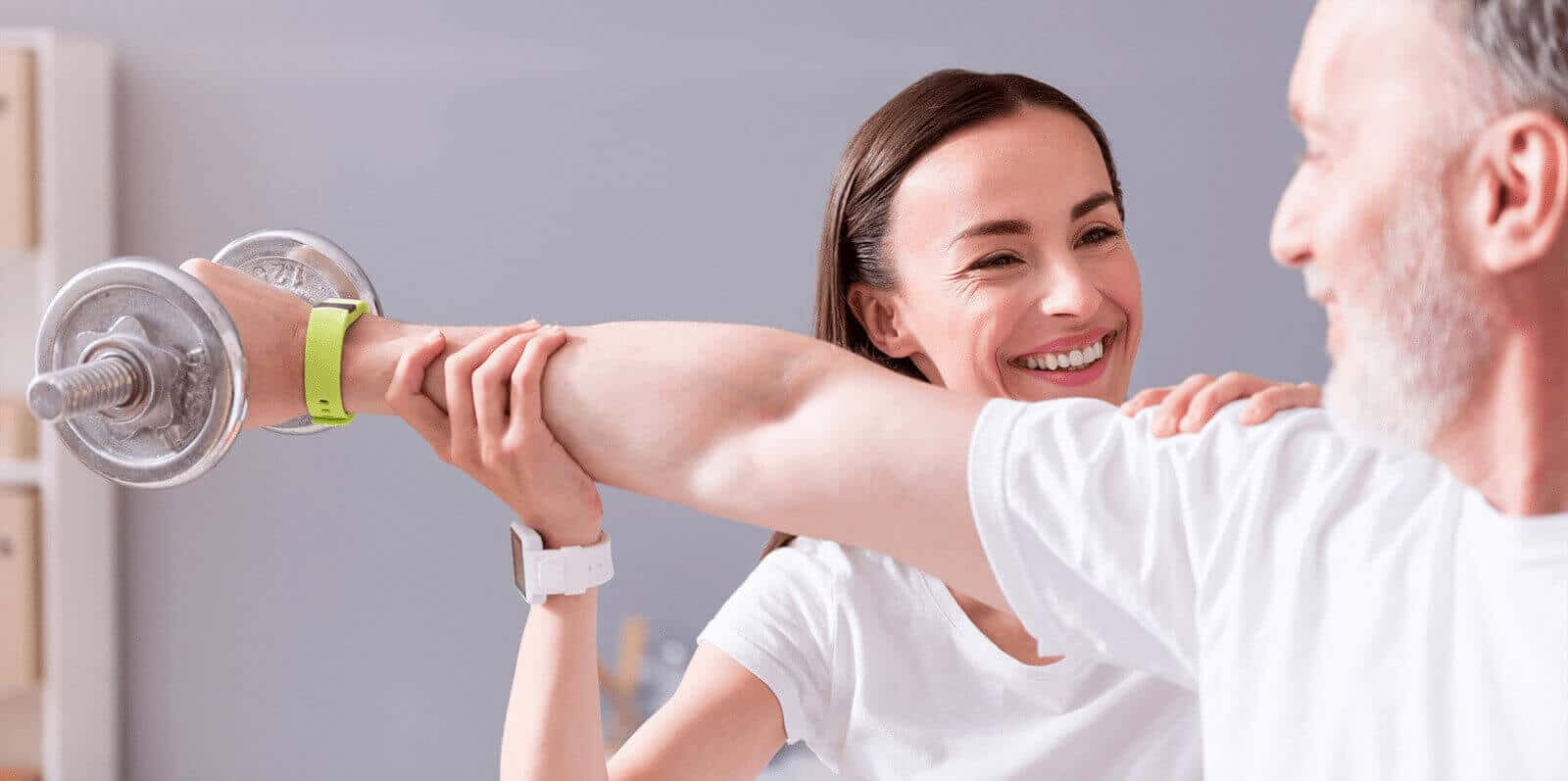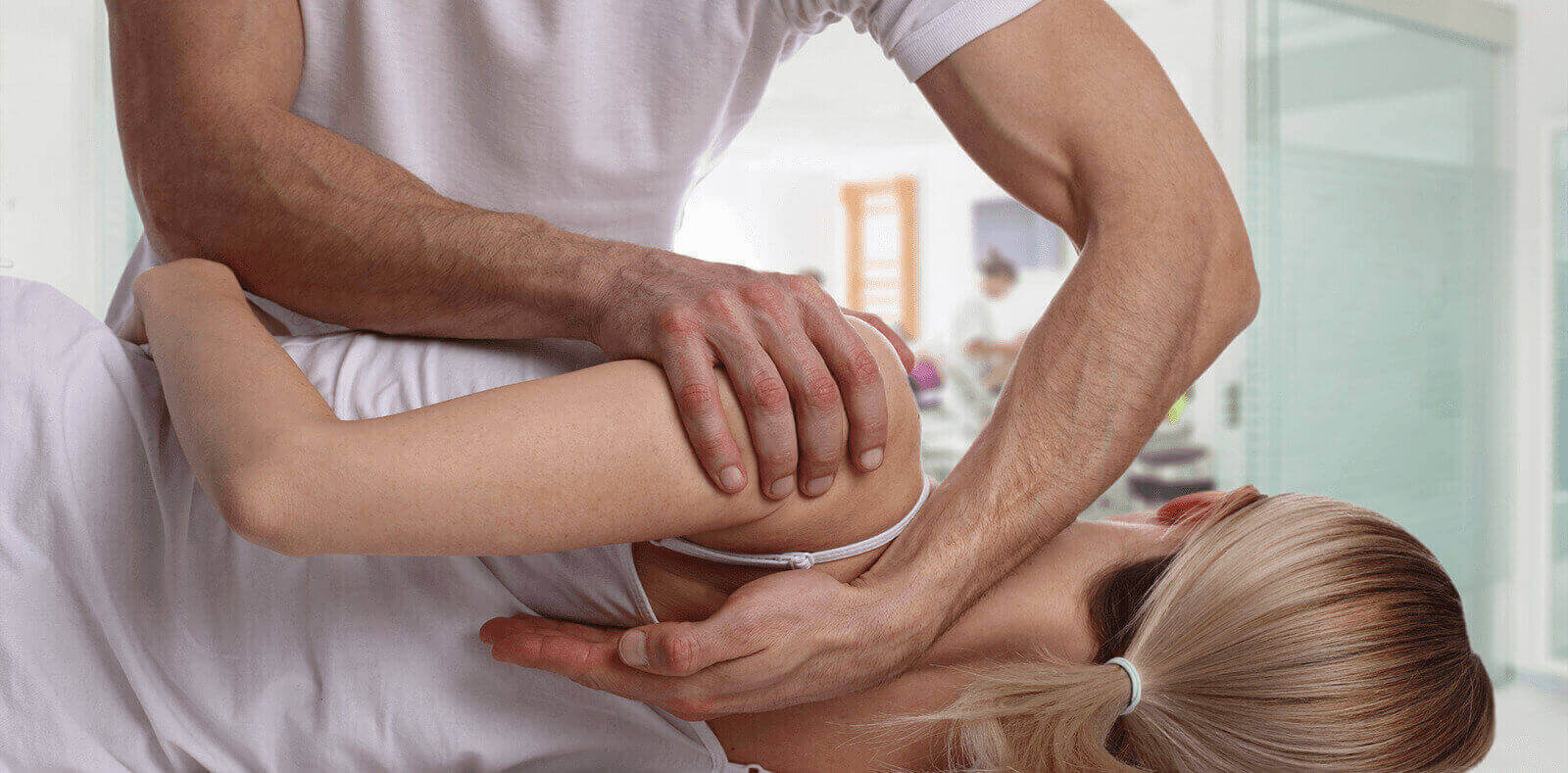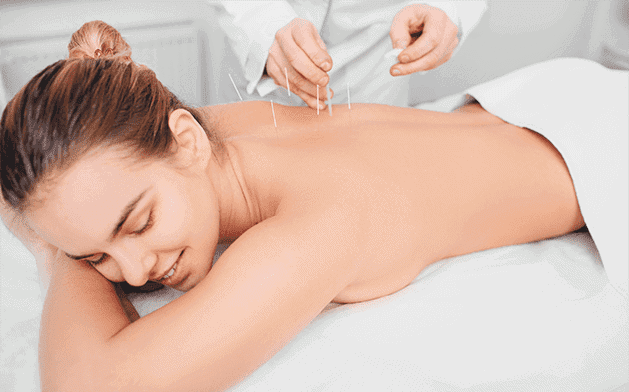Tennis elbow
 Tennis elbow, or lateral epicondylitis, is a condition that can affect anyone, not just tennis players. Characterized by pain and inflammation on the outer part of the elbow, tennis elbow can be a source of discomfort and limited mobility.
Tennis elbow, or lateral epicondylitis, is a condition that can affect anyone, not just tennis players. Characterized by pain and inflammation on the outer part of the elbow, tennis elbow can be a source of discomfort and limited mobility.
Cause of Tennis Elbow
The primary cause of tennis elbow is repetitive stress and overuse of the forearm muscles and tendons. Common activities that may contribute to the development of tennis elbow include:
- Sports Activities: Repetitive motions in sports such as tennis, golf, or racquetball can strain the forearm muscles. Tennis elbow primarily results from the repetitive strain caused by activities that involve loaded and repeated gripping and/or wrist extension. It is common in individuals who play tennis, squash, badminton, or any activity involving repetitive wrist extension, radial deviation, and/or forearm supination.[1]
- Occupational Factors: Jobs that involve repetitive gripping, twisting, or lifting can contribute to the development of tennis elbow.
- Improper Technique: Poor technique in sports or work-related activities can increase the risk of injury to the tendons.
How to Avoid Tennis Elbow Problems?

- Proper Technique: Ensure proper technique and form when engaging in sports or activities that involve repetitive arm movements.
- Strengthening Exercises: Incorporate exercises that strengthen the forearm muscles to improve their resilience. Eccentric exercises help to stretch and strengthen the extensor muscles in the forearm. These are the muscles that you use when doing things like hitting a tennis ball with a backhand stroke or putting in screws.[2]
- Ergonomic Considerations: Maintain ergonomic workspaces and use proper equipment to minimize strain on the forearm.
- Rest and Recovery: Allow adequate rest and recovery time between repetitive activities to prevent overuse.
Relieving Tennis Elbow Problems
- Rest and Ice: Resting the affected arm and applying ice can help reduce inflammation and alleviate pain.
- Brace or Splint: Wearing a brace or splint can provide support and reduce strain on the affected tendons. Using counterforce braces can alleviate pain by pressing on the forearm extensor muscles and then inhibiting and dispersing the stress on the origin of the affected ECRB muscle, thereby facilitating its self-repair.[3]
- Massage and herbal paste/cream: It can help reduce muscle tension, pain, and inflammation.
How Acupuncture, Osteopathy, and Physiotherapy Help Tennis Elbow?
- Acupuncture:
-
- Reduce pain and inflammation.
- Improve blood circulation to the affected area.
- Promote natural healing processes.
- Osteopathy:
- Gentle manipulations to release tension in affected muscles.
- Correcting alignment issues that may contribute to the condition.
- Restoring overall balance in the body.
- Physiotherapy:
- Strengthening exercises for the forearm muscles.
- Stretching to improve flexibility and reduce muscle tightness.
- Techniques to improve overall joint function and range of motion.
Have treatments at Happipuncture
At Happipuncture, our goal is to not only alleviate the pain and discomfort associated with tennis elbow but also to infuse each session with positive energy, ensuring that your recovery is as uplifting as it is resultful. Contact our team at Happipuncture or call 09-2182992.




